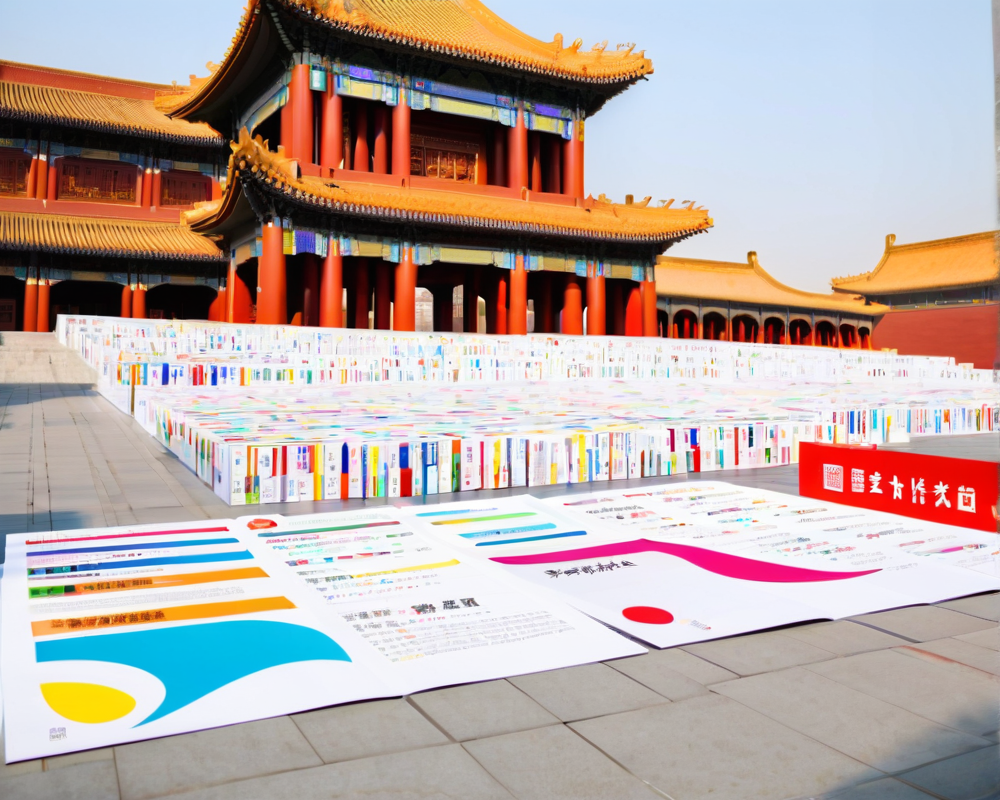The Dawn of Web3 Innovation in Beijing
In an electrifying announcement, the Beijing municipal government has rolled out a white paper aimed squarely at fueling innovation in the Web3 sector. Unveiled at the grand stage of the Zhongguancun Forum, the document is officially called the “Web3 Innovation and Development White Paper.” According to local sources, this pivotal piece of literature heralds Web3 technology as an essential trajectory for the next phase of the Internet.
Funding: The Golden Ticket for Innovation
The great minds behind this initiative are setting their sights high. The Beijing Municipal Science and Technology Commission has pledged to invest a hefty 100 million yuan (roughly $14 million) each year through 2025, with a vision to catapult Beijing into the upper echelons of the global digital economy. Yang Hongfu, the big cheese at the Zhongguancun Chaoyang Park management committee, dropped this financial bombshell at the forum, drawing parallels between Zhongguancun and Silicon Valley.
Strengthening Policies and Expediting Advancements
The white paper goes beyond merely throwing money at the problem. It emphasizes the need for robust policy support and a speedy adoption of technological advancements to nurture the Web3 ecosystem. With such aspirations, Beijing is effectively positioning itself as a fertile ground for innovation.
Timing is Everything: Binance CEO Weighs In
The timing of this white paper hasn’t gone unnoticed. Changpeng Zhao, CEO of Binance, labeled its release as “noteworthy,” especially with Hong Kong gearing up to launch its new cryptocurrency regulations starting June 1. Coinciding with this, the South China city has recently introduced a rulebook that will permit retail investors to trade cryptocurrencies—marking a stark contrast to the regulatory scrutiny facing American crypto endeavors.
Shifting Paradigms: A New Era for China?
After a harsh crackdown on cryptocurrencies in 2021, Beijing’s white paper indicates a possible thawing in China’s relations with the digital currency landscape. In what could be considered a symbolic gesture, a segment featuring Bitcoin aired on China Central Television. The piece showcased a Bitcoin ATM nestled in the bustling streets of Hong Kong, a sight that Zhao noted often precedes market surges. However, this feature was notably removed—a curious twist in an evolving narrative.
Conclusion: What Lies Ahead for Web3 in China?
As Beijing lays down the groundwork for its Web3 aspirations, the implications for the digital economy could be significant. Will this renewed interest in cryptocurrencies signal a broader acceptance in China, or will it slip back into stricter regulations? For now, the world watches with bated breath as the drama unfolds. Buckle up, it’s going to be a wild ride!




